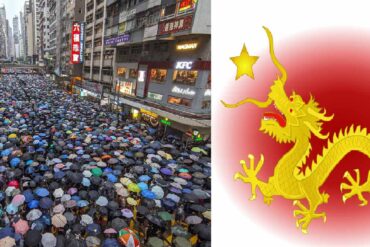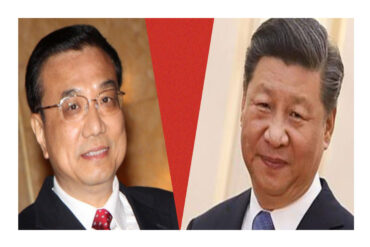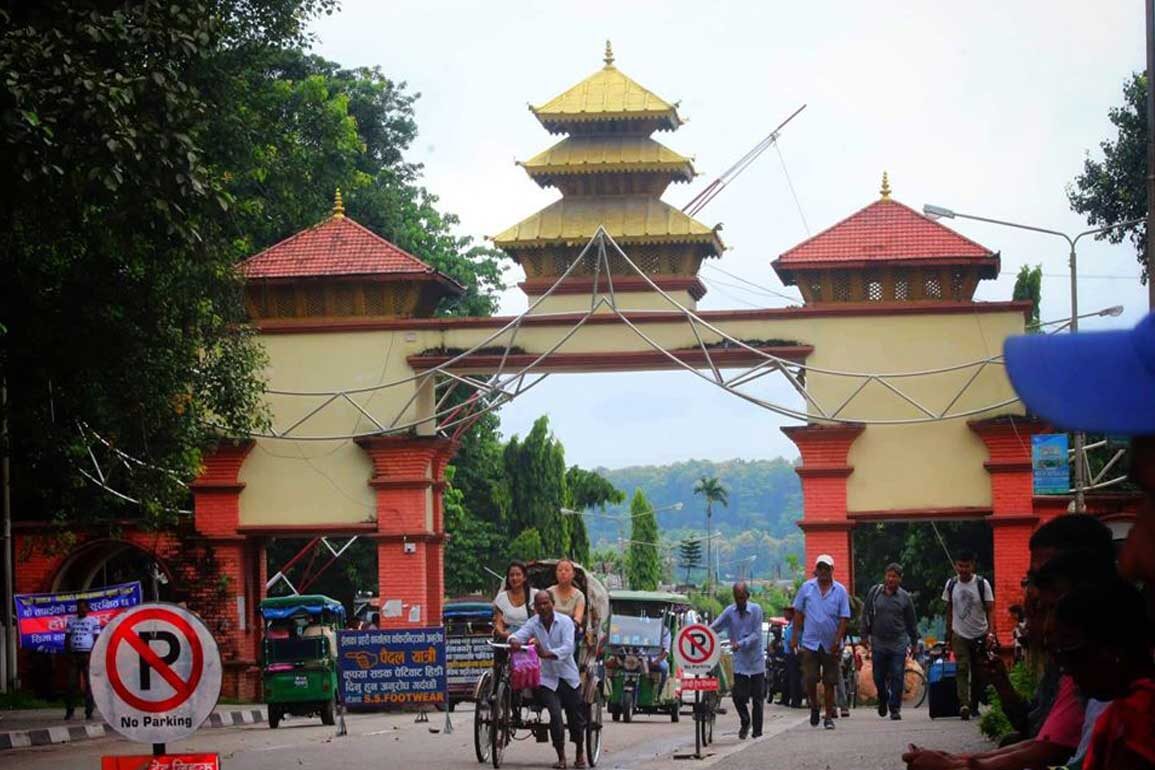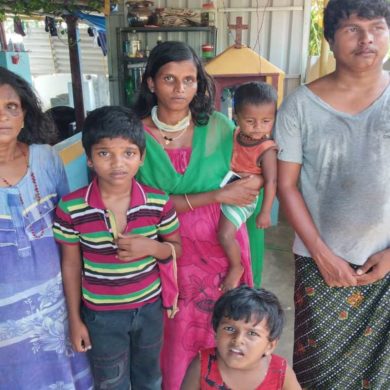To the north of Nepal lies Tibet, an autonomous region of the People’s Republic China. And in all the other sides – south, east and west – it is bordered by India. The comparatively smaller and largely Himalayan state is landlocked between these two giant neighbours. Since the India-Nepal Treaty of Peace and Friendship of 1950, both the South Asian neighbours have enjoyed a special relationship that mutually promoted open borders and free movement of people between both sides. The friendship treaty with China was signed ten years later in 1960. Since the past five years, China has been making inroads into Nepal, disrupting India’s historical and cultural influence in Nepal.
A new road that led to fresh tensions
Recently, the border dispute between India and Nepal on the Kalapani region has resurfaced in diplomatic and military circles. It was triggered by the inauguration of an 80-km motorable link road to the strategic Lipulekh pass cutting across the disputed Kalapani region that borders Uttarakhand.
The road is supposed to serve Indian pilgrims venturing into Tibet’s Mount Kailash and Lake Mansarovar, a time-saver and a crucial pilgrimage route. Since 1981, when this route was reopened by China, the pilgrims have used this to cross into Tibet by walking – the Lipulekh pass has always been the route to Tibet. Nepal was unhappy with this new motorable road as it claims that it was built on its territory, the Kalapani, which India considers as part of Uttarakhand.
A few months back, in November 2019, when India unveiled its new political map after reorganising Jammu and Kashmir, this region was shown as Indian territory. In a strong statement, Kathmandu has also unveiled an updated map of Nepal on May 20 showing the disputed Kalapani region, the Lipulekh and Limpiyadhura as part of its territory for the first time, as a new assertion to an age-old claim.
‘Indian virus looks more lethal than the one from China’
Nepal has evoked the 1816 Sugauli Treaty signed with the British to back its claim, but India has not accepted the colonial-era document. The Nepali Prime Minister K P Sharma Oli and Foreign Minister Pradeep Gyawali have been indulging in a fiery rhetoric and have even threatened to send more troops to the border. Oli even made provocative statements like ‘Indian virus looks more lethal than the one from China’.
Indian Army chief’s controversial statement
Upping the ante, Indian Army chief, General Manoj Naravane has suggested that Nepal is acting on ‘someone else’s behest’, hinting at China. Nepal’s Defence Minister rebuked this statement, calling it a ‘political stunt’ and said that it has hurt the sentiments of Nepali Gurkha soldiers who had a long tradition of fighting for India on its side, being part of India’s armed forces for decades, even before India’s independence.
But, is this statement backed by facts? Is Nepal really acting like a Chinese ally against Indian interests? What is the background for all this? How did India lose one of its trusted friends to its adversary, China? It all began five years back, in 2015.
Nepal was heavily dependent on India – its neighbour on three sides – for essential supplies such as food, fuel and medicines. But, a terrible event happened five years back from September to November 2015 that prevented the flow of goods from India to Nepal through the border checkpoints – a blockade of key border checkpoints. Four months back in April, the same year, the country also faced the brunt of a deadly disaster – an earthquake that killed 9,000 and injured 22,000. The blockade added to the worries of the Nepali people.
What were the factors that led to the blockade? To understand this, we need to have a look at the internal politics of Nepal.
Nepal’s internal politics
Nepal has witnessed its transition from a monarchy to a federal republic in 2008, ending its special status as the world’s only Hindu kingdom. Before that, the country was in a decade-long civil war that ended with a peace accord in 2006. Two years later, Nepal was formally declared a Federal Republic.
India also played key roles in all these political developments and had a history of helping Nepal in all times, especially since the 1990s when multi-party democracy was allowed to function by the monarchy. It was in the latter half of this decade the country plunged into Civil War. But the real problem began in 2015, when a new constitution was finally adopted.
The Madheshis – Nepali residents of Indian origin
There is a community of Indian traders in Nepal called Madheshis who felt that their interests and concerns were not duly regarded in the newly adopted constitutions. They lived in border towns and villages in the southern side and maintained cultural and familial ties with India, specifically with the people of Uttar Pradesh and Bihar states. Geographically, they lived in the Terai region of Nepal, the lowlands south of the Himalayas and north of the Indo-Gangetic Plain.
The new constitution was widely perceived among the Madhesis as discriminatory as it denies single woman to pass on citizenship to their children. The interests of Madhesis, who often have marital ties with Indians across the border, were seriously affected because of their ethnic links with bordering states of India. Certain clauses in the original draft constitution stated that both parents have to be Nepali to acquire citizenship. But if the child’s father is Nepali, the child is given citizenship regardless. Madhesi parties also demanded proportional representation in state organs. Even though some demands were met by the government with the beginning of the blockade, their substantial and major demands were left unmet.
India believed that discontent among the Madheshi community can potentially flare up the Indian side of the border. They were also culturally distinct from the hill communities of the Himalayan areas. And then it happened. The Madheshi protesters began to block crucial checkpoints from India to persuade the Nepali government to take note of their grievances.
The crisis unfolds
As mentioned before, the supply of essential commodities were blocked from entering Nepal, leading to a two-month long economic blockade. At this time, there was a widespread social perception in Nepal that India is backing the Madheshis and strong anti-India sentiments developed among many Nepalis across the world and they also raised the age-old allegation that India is intervening unwarrantedly in Nepal’s internal affairs.
The Indian government denied any involvement on the issue and stated that the cause of the blockade was internal unrest and suggested the government initiate a dialogue with the protesters. Even though the Nepali parties agreed to amend the Constitution to address their demands, one of their major demands – a separate state for the Madheshis in the south-eastern region taking into account their distinctive culture from the other hill communities – was not approved.
Nepal turns to China for help
As a quick reprieve from the blockade and to prevent shortages by any means possible, Nepal turned to China for help. Nepal signed deals with China to import fuel and other essential supplies. It was a point of no return. India lost a long-term friend. And in the years that followed, Nepal became heavily dependent on China, as an alternative to India.
Protesters were ignored when Nepal found a new friend in China. In the years that followed, Nepali markets began to be flooded with Chinese products and the Chinese even undertook infrastructural projects like roads and railways in Nepal. There were even reports that in certain schools in Nepal, incentives were provided for students who took Mandarin as second language.
The Prime Minister of Nepal, KP Sharma Oli of the Communist Party, serving his second term, is putting Nepal in an increasingly belligerent position to secure political capital at home. Oli is engaged in a power tussle within the ruling Nepal Communist Party which has also been a key factor behind the rhetoric. Oli is also trying to divert public attention from his government’s failure to tackle the COVID-19 pandemic this way.
Meanwhile, India had been using the diplomatic route to try and regain lost confidence – the opening of the first cross-border pipeline in September 2019 connecting Motihari in Bihar to Amlekhgunj in southern Nepal, for instance. But, the current situation demands more proactiveness.
On May 22, the cabinet led by Oli registered a motion to amend the Nepali Constitution to grand constitutional validity to the newly unveiled map, making Kathmandu’s position more rigid and a future solution to the issue more difficult to achieve. But, due to political differences, Oli’s ruling party had failed to secure a consensus to give effect to the constitutional amendment about the new map.
As per media reports, Oli is taking the shorter and faster route to push for the amendment by June 9, without waiting for a national consensus involving all the parties. This comes in the backdrop of Oli securing the support of the major opposition party, the Nepali Congress (NC), to go ahead with the move.
As New Delhi seems less keen on immediate steps to deal with these new developments from Kathmandu due to the prevailing non-conducive atmosphere, the expected reconciliatory talks between the foreign ministries of both countries led by respective foreign secretaries are perceived to get delayed further. If the situation escalates further, China will be the biggest gainer.
Cover Image: Indo-Nepal Border; Wikimedia Commons







